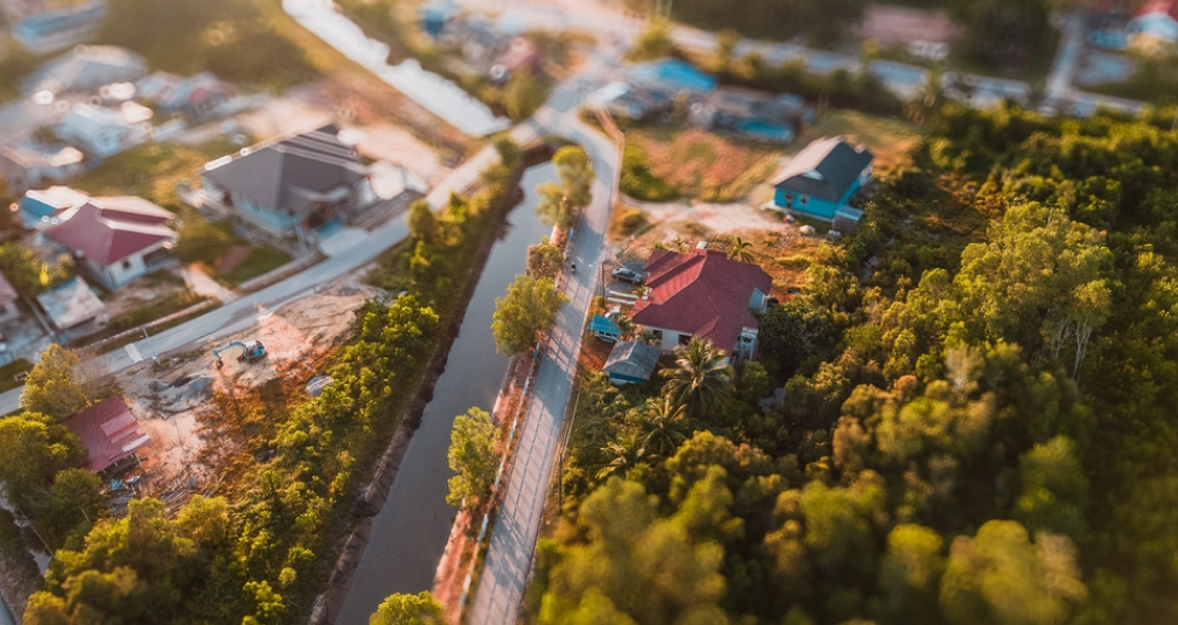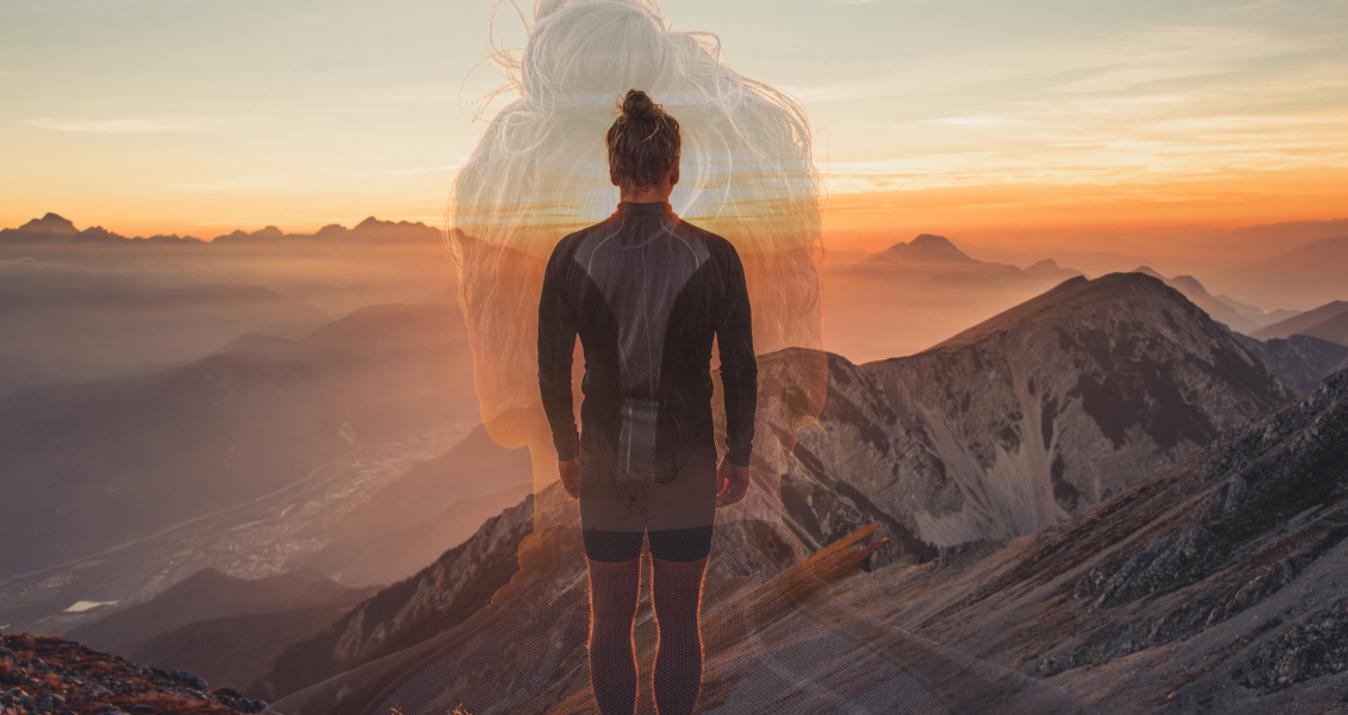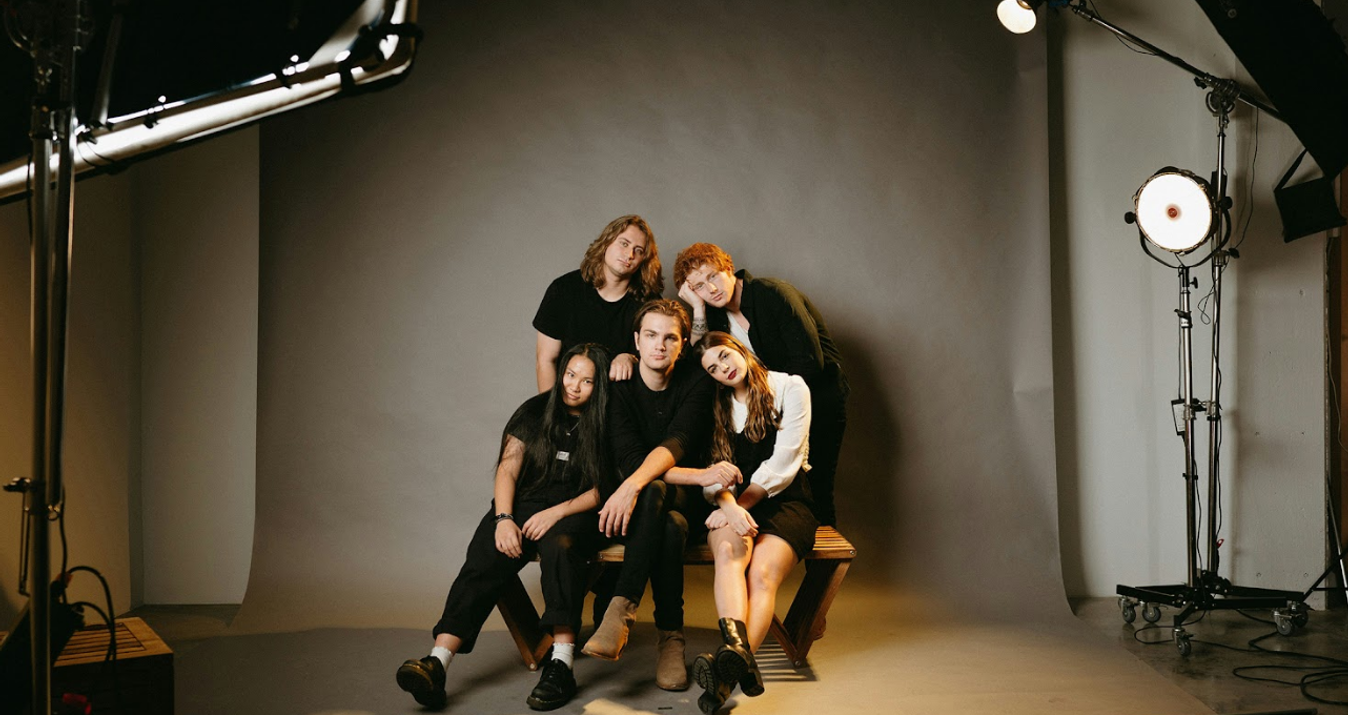What Is Tilt Shift Photography: Learn The Visual Trick
September 09, 2025

Ready for playtime? Try this fun tilt photography tutorial that makes real life look like a model.
When I first discovered the toy-town look in a photo I’d taken from a rooftop, I laughed out loud. The tram looked like a painted model, people looked like figurines, and the whole street seemed staged. I hadn’t forced the scene — I’d just tilted my lens and watched the world shrink. That moment changed how I see ordinary places.
In this article, I’ll explain the effect in plain words, show you how I shoot it, and give real examples and shortcuts I use as a working photographer teaching beginners.
What Is the Tilt-Shift Effect in Photography?
People often ask how tilt-shift works. The simple answer is that it changes the plane of focus, keeping a thin slice of the scene sharp while the rest gently blurs. That narrow plane makes the brain read scale differently — big objects look small. This principle is the foundation of miniature effect photography, where real-life scenes appear like tiny models. If you’ve ever wondered how one photo can make a downtown avenue look like a model village, you’ve seen the tilt-shift effect.
From my experience, the effect works best when:
There’s depth: multiple layers like roofs, streets, and sidewalks.
The scene has repetition: rows of cars, windows, or stalls make the “mini” illusion believable.
You shoot from above: a rooftop, bridge, or tall balcony gives the viewpoint a model-like angle.
That first rooftop picture taught me to think of focus as a storytelling tool, not just a technical setting.
Tilt-Shift vs Traditional Photography
Traditional photography uses focus to decide which subject is sharp and which is soft, but the plane of focus is parallel to the camera sensor. The tilt shift perspective breaks that rule. Instead of choosing distance, you choose an angle.
In practical terms, here’s what changes:
Traditional: sharp subject—soft background (portrait A on Bokeh).
Tilt-shift: a diagonal or horizontal slice is sharp; everything else falls away.
I like to explain the difference with an example. I photographed the same street from above in two ways: one in a traditional style, one with a tilt-shift effect.-1225.jpg?q=85&w=840)
The traditional shot looks natural and documentary — you see the buildings and people as they are. In the tilt-shift version, however, only a narrow band is in focus, while the rest fades into blur. This makes the houses appear like miniature models and the people below look almost like tiny figurines.
Both approaches are correct, but the tilt-shift image turns an everyday street view into a playful, almost toy-like scene.
Creative Uses for Tilt-Shift
Tilt-shift isn’t just for toy-city photos. I use it in several creative ways that surprise beginners:
To isolate a product on a busy table during a product shoot.
To emphasize a long architectural façade while softening the street clutter.
To direct the viewer’s eye through a landscape by placing the focused band on a ridge line.
A few tilt shift examples I’ve executed:
When editing these shots, a subtle way to enhance the miniature illusion is to change image color slightly, giving the scene a brighter, more playful palette without looking artificial.
Elevate Ordinary Moments with Our Tilt-Shift Magic
Discover HowGetting Started with Tilt-Shift
 Starting isn’t as intimidating as it sounds. I began with small experiments on weekends. Here’s how I recommend you begin.
Starting isn’t as intimidating as it sounds. I began with small experiments on weekends. Here’s how I recommend you begin.
First, choose the right spot: high up, with a wide view and clear layers. Second, keep gear light — a tilt-shift lens and tripod go a long way. Third, practice patience; tiny adjustments to the tilt knob dramatically change the image.
When I’m editing, I sometimes want a quick mood tweak before finalizing the miniature illusion, so I’ll add a filter to the photo for a subtle filmic tone, but I only do that after nailing the optical tilt. That small step can make toy colors pop without oversaturating.
Step-by-Step Guide to Shooting with a Tilt-Shift Lens
 This is the hands-on part — what I do, in order, on a typical tilt-shift shoot.
This is the hands-on part — what I do, in order, on a typical tilt-shift shoot.
Scout and position. Find height and layers. I usually arrive 30–60 minutes early to watch the light and movement.
Mount and level. Set the tripod and make sure the camera is level. Tilt effects are predictable if the base is steady.
Compose wide. Include foreground, middle, and background for depth.
Apply tilt. Gently tilt the lens and watch through live view or the viewfinder. Stop when a pleasing band of focus appears.
Dial exposure. Tilt changes the effective depth of field; I check the histogram and adjust the aperture or ISO slightly.
Bracket tilt and exposure. I take 4–8 frames with small tilt variations — tiny differences often yield the best frame.
Review at 100%. Zoom in to ensure the focused band lands where intended.
Throughout the shoot, keep asking: Does the scene read like a model? If not, change the angle or move the focused band.
Mistakes to Avoid in Tilt-Shift Photos
 Beginners often make the same missteps. I made them too, and learned quick fixes.
Beginners often make the same missteps. I made them too, and learned quick fixes.
Over-tilting. A razor-thin focus band can look gimmicky. Aim for a balance where the main subject is clear, but the surrounding blur still guides the viewer’s eye. Too much tilt can distract rather than enhance, so experiment gradually.
Shooting from ground level. Tilt works best with an elevated viewpoint unless your subject naturally has long depth. Looking down on the scene emphasizes the miniature illusion, while low angles can flatten it. Choosing the right perspective is key to convincing miniature effect photography.
Using it everywhere. Tilt-shift is a creative tool, not a default style. Use it where it adds meaning, like in cityscapes, busy streets, or unique architectural shots. Overusing it can make your portfolio feel repetitive or gimmicky.
Heavy-handed editing. Too much synthetic blur or extreme color shifts break the illusion. Subtlety is essential—enhance the effect without making the scene look artificial. Think of editing as fine-tuning, not overpowering your image.
Small checklist before you finalize an image:
Is the main subject comfortably within the focused band?
Does the blur transition feel natural (not artificial)?
Have I removed distracting elements that ruin the toy-town read?
If any background distractions remain, an AI object remover can help clean up the scene without disturbing the miniature effect. When in doubt, compare the tilted frame to a straight shot. If the tilt adds storytelling value — stronger composition or a playful mood — keep it. If it’s just a novelty, don’t force it.
Takeaway
 Tilted lens photography is a simple trick that changes how I see and tell stories with images. It asks me to look for layers, repetition, and vantage points I might otherwise ignore. For beginners, it’s a wonderful teacher: you learn to control focus, compose with intent, and think about how optical choices affect perception. Try it from a balcony or a footbridge, tilt a little, and shoot a lot — the best lessons come from small adjustments and a handful of experiments. If a city suddenly looks like a model, smile — you’ve found the tilt-shift magic.
Tilted lens photography is a simple trick that changes how I see and tell stories with images. It asks me to look for layers, repetition, and vantage points I might otherwise ignore. For beginners, it’s a wonderful teacher: you learn to control focus, compose with intent, and think about how optical choices affect perception. Try it from a balcony or a footbridge, tilt a little, and shoot a lot — the best lessons come from small adjustments and a handful of experiments. If a city suddenly looks like a model, smile — you’ve found the tilt-shift magic.










